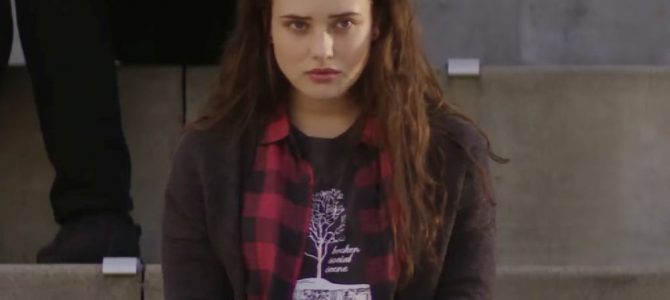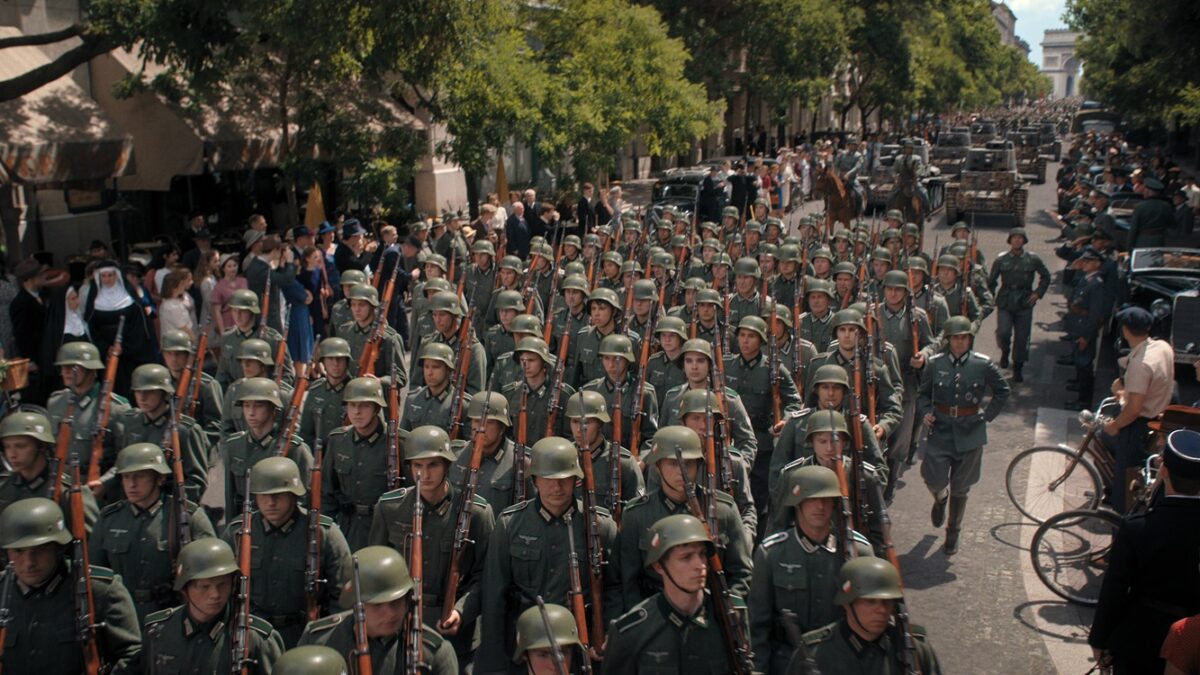
“It’s the new ‘Stranger Things,’ mom,” my daughter told me. “Everyone is watching it, and everyone is talking about it.”
If you have a teenager in your household, you are also likely watching “it” already—the new Netflix series, “13 Reasons Why.” This is the edgy teen drama from executive producer Selena Gomez based on the novel by Jay Asher. Like last summer’s breakout series “Stranger Things,” “13 Reasons Why” has lots of people talking, and for good reason.
It is a captivating show that is part drama and part mystery. We find out right away that Hannah Baker, the show’s central character, committed suicide. In lieu of a note, she leaves behind a series of cassette tapes detailing why she chose to take her life. The tapes are passed from person to person, in order, on Hannah’s list.
We join the story when the tapes reach Clay Jensen, and we listen with him as he unravels the circumstances that led to Hannah’s death. Hannah doesn’t pull any punches as she blames each person in turn for the mean things they did to her, and she doesn’t flinch from pointing the finger of blame at herself either.
It’s a Gripping Story with an Important Message
The storyline feels authentic and its interweave of present time and flashback lets us see events unfold with a hindsight that makes details stand out. This makes the show compelling and a must-see for parents of middle school and high school students.
In early April, my Facebook News Feed started filling up with posts from my middle and high school teacher friends encouraging parents to watch the show. Many of their students watched it over spring break and came back to school wanting to talk about it. One high school teacher said it had started some important conversations with her students about the ways they treat each other at school.
The series deals with enough teen issues to fill three months of weekly after-school specials. It covers suicide, alcohol abuse, sexual assault, domestic violence, driving while intoxicated, and more, giving parents of teens easy jumping off points for discussion with their kids. My husband greenlighted the show for our high school freshman daughter to watch with the understanding that we would watch with her and talk about what we saw.
The biggest lessons for parents to learn are the ones the series teaches about bullying. When we grew up, back in the days before the Internet, bullying was a more intimate affair. If a kid knocked you down on the playground, the only people who saw it were the ones standing around. Rumors could only spread at the speed of personal conversations, like a game of telephone. There was nowhere to post embarrassing pictures where large numbers of people could see them, and besides, getting the pictures developed was too much of a hassle to make it worthwhile for would-be bullies.
Smartphones and social media amplify everything now. Pictures are shared at the speed of Instagram. Rumors move just as quickly. Your most embarrassing moment can be seen and shared by hundreds before you even know it’s out there. For adolescents who already feel like they live in a fishbowl, the new bullying campaigns can be devastating.
How Gossip Campaigns Affect the Teen Protagonist
Ask Hannah. Hannah’s classmates text embarrassing photos to students all over Liberty High School on multiple occasions. She is put on a “Hot or Not” list. After her death, her parents find unkind comments about her on Facebook posts. A stalker takes pictures of her through her bedroom window and when confronted shares them with the school.
Most damaging, however, are the rumors a student starts in the very first episode, which drive much of what comes after. Once she becomes a target, the other kids pile on in ways large and small. Rumors beget more rumors. They change everything—how Hannah reacts to her friends, how they react to her, and even how some of the adults in her life treat her.
Each rumor, incident, and random bad thing makes Hannah feel more and more like everyone would be better off without her. She puts an anonymous note in the class discussion bag, “What if the only way to not feel bad is to stop feeling anything at all, forever?” The tragedy that weaves through the entire series is how many times Hannah calls out for help and no one notices.
This, more than any other reason, is why I think parents should consider watching this show, with or without their teens. Hannah’s parents are heartbreaking as they struggle to understand why Hannah took her life, and their grief leads them to lash out at the school fruitlessly yet understandably. It is a reminder of how hard it is to truly understand our teenagers and know what is going on in their lives.
Be Forewarned: It Gets Grisly
It is a hard show to watch at times. There are three graphically violent episodes with scenes on par with what you would see in an R-rated movie. Each of the episodes has a warning at the beginning, and you should heed it. Common Sense Media gives the series an age rating of 16+ for good reason. (There were times that we insisted our daughter close her eyes.) The series shows Hannah’s suicide in the last episode, and it is as awful and heart-wrenching as you think it would be. I couldn’t watch it.
Suicide prevention experts are understandably concerned about a show that deals with teen suicide, particularly one where the suicide is central to the plot. However, the show does not glorify or romanticize suicide. If anything, it emphasizes how Hannah’s death affects the people she loved the most. Her parents, who by all indications had a good relationship with their daughter, are devastated. Her friends are riddled with questions and guilt. It is a television show, so the villains are villainous, but it does depict the emotional toll suicide takes on the people left behind.
As a parent, I was concerned about my teen watching it. In the end, we made the decision to treat the show as an opportunity to talk about the issues it presents. In hindsight, I’m glad we did because we had some great talks with both of our kids, even our middle-school son who didn’t watch much of the series, about topics that don’t easily present themselves very often.
We talked about bullying and had enlightening conversations about the social environment of high school—what the series got right, and what it over-dramatized. It was an opportunity for us to talk about how to navigate teen relationships and to remind both of our kids of all the adults in their lives, in addition to the two of us, whom they can go to for help if they ever feel the way Hannah did.
If you are a parent of a middle school or high school student, this show is worth the time to watch. For those with high school students who are watching or want to watch, I recommend watching it with them. Older middle-school kids are a judgement call—I lean toward not letting them—and it really is too much for kids younger than that.
After wrapping up the loose ends of the fallout from Hannah’s suicide tapes, the series ends in a way that leaves us all wondering: Did the students, teachers, and parents at Liberty High learn the lessons of Hannah’s suicide? More importantly, did we?









